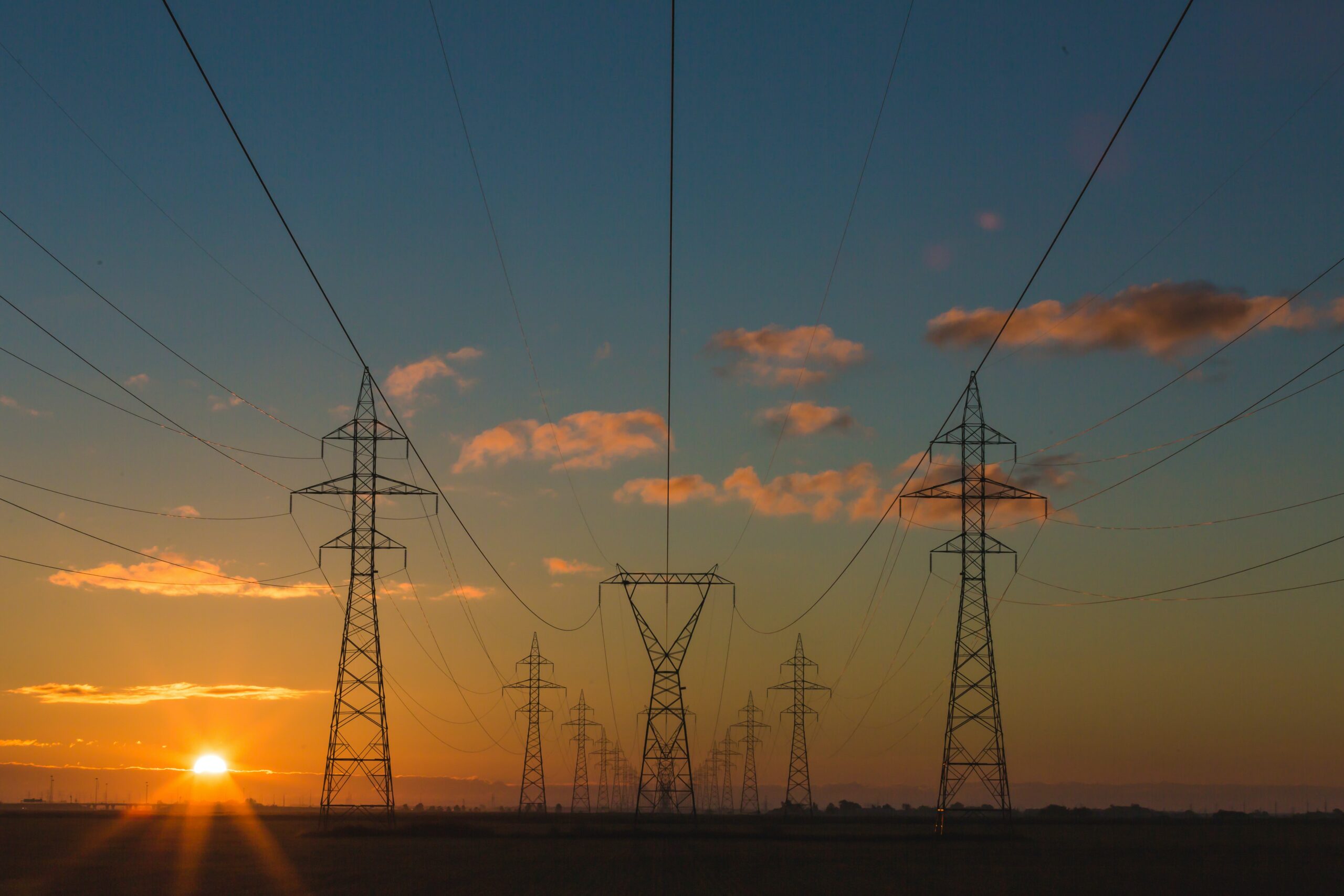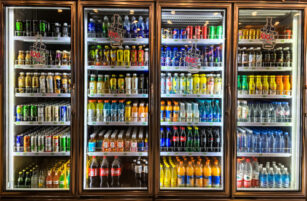Opinion focus
- The water crisis continues unabated.
- The South-East and Mid-West reservoirs should reach 15.4% of their capacity in September.
- This time, a new tariff flag called ‘water scarcity’ was created in an attempt to ward off energy shortages
Some reasons behind the power surge
- The significant increase in energy tariffs is attributed to the severe water crisis that Brazil is going through.
- Is forecasted the reservoirs of hydroelectric power plants in the Southeast and Midwest will be at 15.4% of their capacity by the end of September.
- ANEEL affirms that the increases in the tariff flag in recent months will not be enough to cover the high costs of thermal plants.
- Currently, the account that receives resources from the tariff flags has a deficit of R$8 billion.
- ONS informs that there is the possibility of increasing energy generation by 5.5 GW from September on.
- This increase would come from thermal sources, which would further increase the cost.
What is this new water scarcity tariff flag
- The worsening of the water crisis plus the increase in the deficit of public accounts and the increase in energy consumption results in the need for a new tariff banner.
- Thus, the government created the “water scarcity tariff flag” on August 31, 2021.
- This new flag has already gone into effect the following day (September 1).
- The new value of the fee will be 14.20BRL for the consumption of 100 kilowatt-hours (kWh).
- The difference is notorious if compared to the previous price of 9,492BRL for the same consumption – an increase of 49.6%.
- Maybe it’s a little abstract to imagine how much 100kWh is, so we’ve put together this reference table for you:

- The new flag will continue in force until April 30, 2022.
- Even with the new tariff, ANEEL estimates a deficit of 5 billion BRL.
A hefty price, however… whoever saves gets a discount
- The Minister of Mines and Energy stressed that urgent efforts to reduce energy consumption are needed to avert the risk of energy shortages.
- As an incentive, it was announced that a discount of 0.50BRL per kWh will be given to those who save 10% to 20% of energy consumption compared to last year.
Recalling: what are the Tariff Flags?
The Tariff Flag System is a system created to provide transparency to the final consumer about how the SIN is operating, with an additional tariff being charged on the consumer’s electricity bill, which depends on the system’s energy generation cost
The tariff flags are divided into 4 activation lanes:
- Green: When the system has a low generation cost, the tariff flag is green and there is no additional charge on the consumer’s energy bill.
- Yellow: Warning sign. It means that the cost of generating the system is high, so it would be interesting to save energy by reducing consumption. In this range, an additional R$ 1,874 is charged for the consumption of 100 kilowatt-hours (kWh) consumed.
- Red Level 1: More costly generation conditions. In this range, an additional R$ 3.971 is charged for the consumption of 100 kilowatt-hours (kWh) consumed (an increase 2.1x greater than the previous range).
- Red Level 2: Most critical generation conditions. In this range, an additional BRL9,492 is charged for the consumption of 100 kilowatt-hours (kWh) consumed (an increase 2.4 times greater than the previous range and 5 times greater than the Yellow Flag).
Energy is more expensive because energy consumption is high and greater than the system’s generating capacity. Brazil is very dependent on water, but in the water scarcity scenarios we are experiencing, energy needs to be generated with thermal plants that burn fuels and pollutants.















